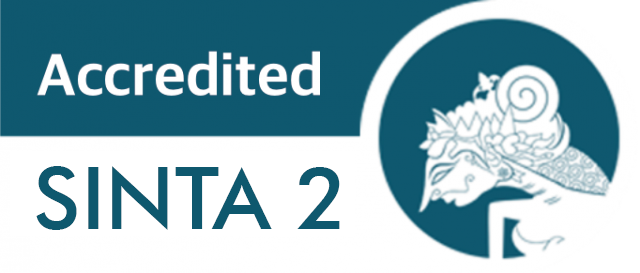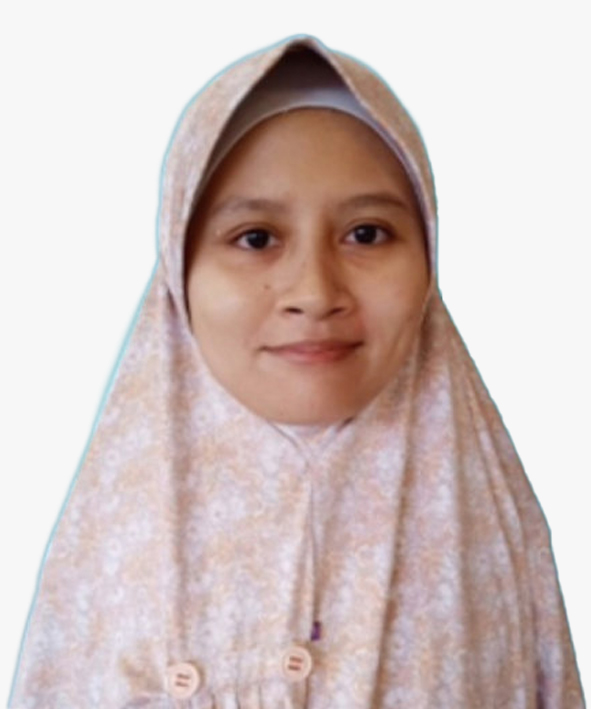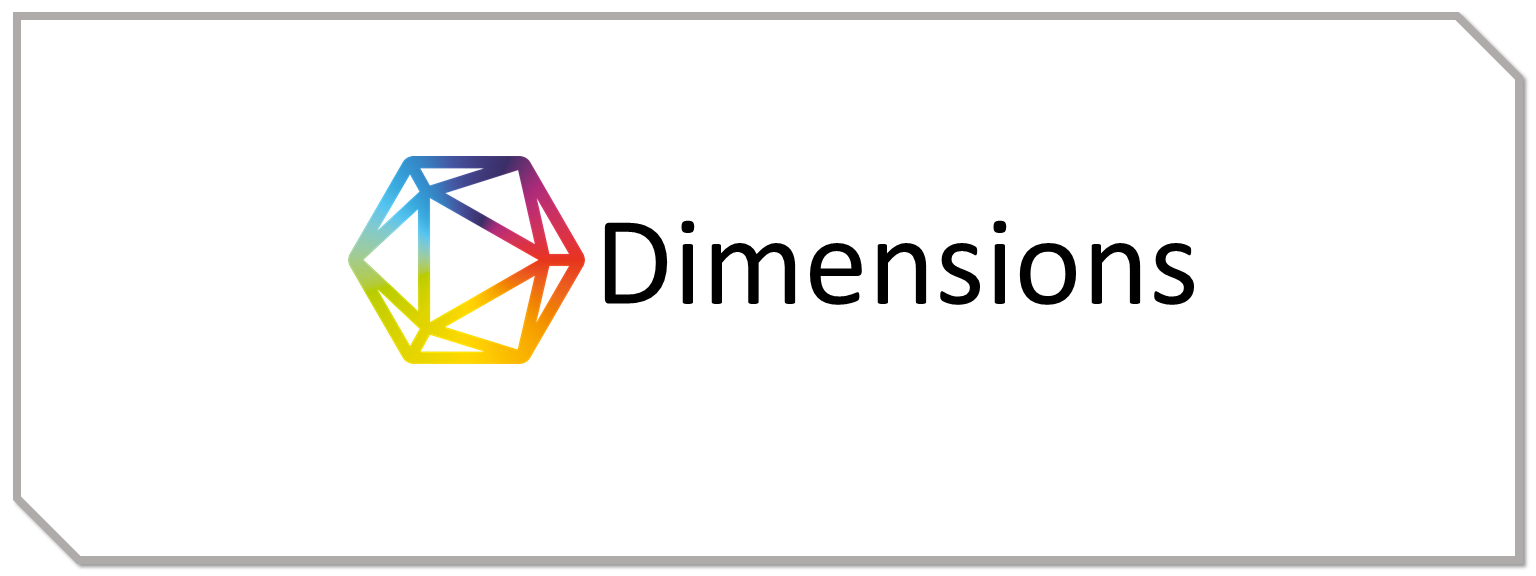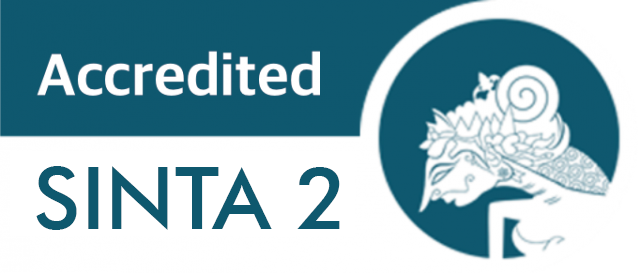Relationship Between Parenting Styles and Mental Health in Adolescent
Introductions: Many things could affect mental health, especially for adolescents as they are at the age susceptible to many things. One of the things that could affect mental health is parenting styles. Objective: To analyze the relationship between parenting styles and adolescent mental health. Methods: The method used in this research was observational analytics with a cross-sectional design. The instruments used for this study were Parental Authority Questionnaire-Short (PAQ-S) and Depression, Anxiety, Stress Scale-21 (DASS-21). A total of 197 samples were taken from a school in Surabaya. The hypothesis was tested using Kruskal-Wallis and Mann-Whitney on SPSS. Results: Of 197 respondents, 81.2%, 18.3%, and 0.5% were categorized into the authoritative, authoritarian, and permissive parenting styles respectively. It has been found that only 3% of 197 have good mental health. The Kruskal-Wallis test showed that parenting styles affect adolescent mental health with a p-value of less than 0.05. Meanwhile, the Mann-Whitney test showed a difference between the effect of authoritative and authoritarian parenting styles with a p-value of less than 0.05. In contrast, authoritative and authoritarian parenting styles were found to have no significant difference in the outcome with the permissive category with a p-value higher than 0.05. Conclusion: The prevalence of mental health disorders in adolescents at School X Surabaya was found to be 97% and is affected by different types of parenting styles. Authoritative and authoritarian parenting styles produced significantly different outcomes, while the permissive doesn't show as much due to a limited sample.
Introduction
Mental health is a condition affecting an individual's capability to deal with stress, learn to appreciate oneself, and contribute to society[1]. An adolescent is a period of age from the start of puberty up until the middle twenties when individuals grow in terms of cognitive function, psychologically, biologically, emotionally, as well as their personal relationship[2].
A problem with mental health, mental disorder, causes 15% incidence of morbidity and complications in adolescents, which eventually could lead to suicide attempts, the third leading cause of death within the age range of 15-29 years old[3]. Indonesia - National Mental Health Survey (I-NAMHS) found that the most common mental disorders among adolescents are anxiety disorder and major depressive disorder[4]. According to basic health research of Indonesia done in 2018, the prevalence of depression and stress among Indonesian citizens above 15 years of age is 6.1% and 10.0%, respectively[5]. A study carried out on 877 adolescents in 2022 found that 12.5% have mental health disorders, 10.8% had inflicted injury on themselves outside of suicide ideation, 9.9% had suicide plans, and 3.5% had attempted suicide[6]. These numbers show the urgency to deal with adolescent mental health problems as soon as possible to prevent further complications that could lead to self-harm or even death.
There are many factors affecting mental health, one of which includes parenting styles. Parenting styles come from people raising a child to adulthood; they differ from one another. Different parenting styles will result in distinct traits as parenting affects children's principles, morality, and how they present themselves to society. There are several categories of parenting styles, but the main ones commonly found are authoritative, authoritarian, and permissive[7].
These parenting styles are differentiated according to the level of demandingness as well as responsiveness given by the parents or caretakers towards the children. Examples are how authoritative parenting styles have high demand as well as response, making the children growing up under authoritative care healthier and more independent. Meanwhile, the authoritarian parenting style has high demand but low response, making the children highly dependent on them, aggressive, and rebellious. Lastly, the permissive parenting style has low demand and high response, producing rebellious children that sneak around their parents’ backs when making decisions[8].
Following those theories, the authoritative parenting style produces the best result and is categorized as "positive parenting" while the other two are classified as "negative parenting" altogether. It is found that 15.8% of children under "positive parenting" have symptoms of depression while 7.4% show symptoms of anxiety. In comparison, of the children under "negative parenting styles" 51.6% of them showed symptoms of depression, and 31.6% showed symptoms of anxiety[9]. Whereas a study in South India found that 45.19% of adolescents under authoritarian, 24.62% of adolescents under authoritative, and 23.94% of adolescents under permissive parenting style suffer from severe stress[10].
This study aims to answer the question of how parenting style affects adolescent's mental health. With the hypothesis that a) Parenting styles affect adolescent mental health (depression, anxiety, stress) and b) Different perceived parenting styles affect adolescent mental health differently. This study is expected to help future researchers on this topic, the adolescents in question themselves, their parents, and the school.
Methods
This study used an observational analytical method with a cross-sectional design to analyze the relationship between different parenting styles with adolescent mental health. The participants used to collect the data were high school students aged 15 to 19 years old from school X in Surabaya, Indonesia. Participants were students in classes chosen from the method of cluster random sampling and fulfilled the criteria of inclusion and exclusion determined. By using the Lemeshow formula of sample calculation, a minimum total of 196 samples must be collected; this study collected 197 samples that fulfilled the inclusion and exclusion criteria.
The independent variable for this study is parenting style, measured by Parental Authority Questionnaire-Short (PAQ-S), while the dependent variable is mental health measured using Depression, Anxiety, and Stress Scale-21 (DASS-21), categorized per depression, anxiety, and stress.
The Parental Authority Questionnaire-Short (PAQ-S) is a 5-Likert scale questionnaire consisting of 20 items derived from the original 30 items, within the 5-Likert scale measurement, 1 for extremely disagree and 5 for extremely agree. Item numbers 1 to 7 were summed up for the authoritative score, 8 to 14 for authoritarian, and 15 to 20 for permissive parenting style. The parenting style with the highest total score was determined as the parenting style taken upon. The long and revised version of the questionnaire has been done and validated towards parents in Indonesia[11]. In contrast, the short one developed by Alkaharusi in 2011, towards the children rather than the parents, still does not have many studies using it. Hence, this study was one of the first few to use the short version and had it tested and validated in Indonesia at the same time the sample was taken.
The Depression, Anxiety, and Stress Scale-21 (DASS-21) used in this research is an Indonesian translation and has been validated[12]. It is a 4-Likert scale questionnaire measuring 0 for never and 3 for almost all of the time. There is a total of 21 items derived from the long version of the Depression, Anxiety, and Stress Scale-42 (DASS-42) with 42 items[13]. Certain item numbers were summed
World Health Organization, “Mental health,” 17 6 2022. [Online]. Available: https://www.who.int/news-room/fact-sheets/detail/mental-health-strengthening-our-response.
National Academies of Sciences, Engineering, and Medicine; Health and Medicine Division; Division of Behavioral and Social Sciences and Education; Board on Children, Youth, and Families; Committee on the Neurobiological and Socio-behavioral Science of Ado, “Adolescent Development,” in The Promise of Adolescence: Realizing Opportunity for All Youth, Washington (DC), National Academies Press (US), 2019, pp. 37-75. May. 2019, doi: 10.17226/25388.
World Health Organization, “Mental health of adolescents,” 10 10 2024. [Online]. Available: https://www.who.int/news-room/fact-sheets/detail/adolescent-mental-health.
A. E. Wahdi, S. A. Wilopo and H. E. Erskine, “The Prevalence of Adolescent Mental Disorders In Indonesia: An Analysis of Indonesia - National Mental Health Survey (I-NAMHS),” Journal of Adolescent Health, vol. 72, no. 3, p. S70, Mar. 2023, doi: 10.1016/j.jadohealth.2022.11.143.
Badan Penelitian dan Pengembangan Kesehatan, Laporan Nasional RISKESDAS 2018, Jakarta: Kementrian Kesehatan Republik Indonesia, 2019.
C. Scheiner, J. Grashoff, N. Kleindienst and A. Buerger, “Mental disorders at the beginning of adolescence: Prevalence estimates in a sample aged 11-14 years,” Public Health in Practice, vol. 4, Dec. 2022, doi: 10.1016/j.puhip.2022.100348.
T. Sanvictores and M. D. Mendez, Types of Parenting Styles and Effects on Children, StatPearls Publishing LLC, 2024. Available: https://www.ncbi.nlm.nih.gov/books/NBK568743/.
P. D. Lanjekar, S. H. Joshi, P. D. Lanjekar and V. Wagh, “The Effect of Parenting and the Parent-Child Relationship on a Child’s Cognitive Development: A Literature Review,” Cureus, Oct. 2022, doi: 10.7759/cureus.30574.
Z. Qiu, Y. Guo, J. Wang and H. Zhang, “Associations of Parenting Style and Resilience With Depression and Anxiety Symptoms in Chinese Middle School Students,” Frontiers in Psychology, vol. 13, Jul. 2022, doi: 10.3389/fpsyg.2022.897339.
C. Vijay, K. P. Gonsalves and N. Ramesh, “Parenting Styles and Mental Health of Adolescents,” Journal of Mental Health and Human Behaviour, vol. 27, no. 1, pp. 19-23, Jan, 2022, doi: 10.4103/jmhhb.jmhhb_176_20.
S. F. Darmagita dan H. Susanto, “Adaptasi Alat Ukur Parental Aythority Questionnaire Revised (PAQ-R) untuk Orang Tua Dengan Anak Usia 2-18 Tahun,” Psikostudia, vol. 11, no. 4, pp. 561-574, Dec. 2022, doi: 10.30872/psikostudia.v11i4.
P. Arjanto, “Uji Reliabilitas dan Validitas Depression Anxiety Stress Scales 21 (DASS-21) pada Mahasiswa,” Jurnal Psikologi Perseptual, vol. 7, pp. 60-80, Jul. 2022, doi: 10.24176/perseptual.v7i1.6196.
I. Ifdil, Y. Syahputra, R. P. Fadli, N. Zola, Y. E. Putri, B. Amalianita, I. B. Rangka, K. Suranta, M. F. Zatrahadi, G. S. Sugara, D. D. B. Situmorang and L. Fitria, “The depression anxiety stress scales (DASS-21): an Indonesian validation measure of the depression anxiety stress,” COUNS-EDU: The International Journal of Counseling and Education, vol. 5, no. 4, pp. 205-215, Dec. 2022, doi: 10.23916/0020200536840.
F. Gomez, “A Guide to the Depression, Anxiety and Stress Scale,” 2016. [Online]. Available: http://www.iwsml.org.au/images/mental_health/Frequently_Used/Outcome_Tools/Dass21.pdf.
M. T. Islam, R. Kabir and M. Nisha, Learning SPSS without Pain A Comprehensive Guide for Data Analysis and Interpretation of Outputs Second Edition SPSS Version 25, Dhaka, 2021. [Online]. Available: https://www.researchgate.net/publication/354721759
J. Lin and W. Guo, “The Research on Risk Factors for Adolescents’ Mental Health,” Behavioral Sciences, vol. 14, no. 4, Apr. 2024, doi: 10.3390/bs14040263.
K. Jannah, D. Hastuti and Y. E. RIany, “Parenting style and depression among students: The mediating role of self-esteem,” Psikohumaniora, vol. 7, no. 1, pp. 39-50, May. 2022, doi: 10.21580/pjpp.v7i1.9885.
Y. Yaffe, “A narrative review of the relationship between parenting and anxiety disorders in children and adolescents,” International Journal of Adolescence and Youth, vol. 26, no. 1, pp. 449-459, Sep. 2021, doi: 10.1080/02673843.2021.1980067.
T. Rakhshani, S. Hamid, A. Kamyab, S. M. Kashfi and A. K. Jeihooni, “The effect of parenting style on anxiety and depression in adolescent girls aged 12–16 years,” Heliyon, vol. 8, no. 11, Nov. 2022, doi: 10.1016/j.heliyon.2022.e11478.
Ö. Azman, E. Mauz, M. Reitzle, R. Geene, H. Hölling and P. Rattay, “Associations between parenting style and mental health in children and adolescents aged 11-17 years: Results of the KiGGS cohort study (second follow-up),” Children, vol. 8, no. 8, Aug. 2021, doi: 10.3390/children8080672.
R. H. Romero and A. d. O. Correa, “Definitions of key terms,” in Mapping of parenting programmes for adolescents, Panama: United Nations Children’s Fund (UNICEF), 2021, pp. 12-13.
Copyright (c) 2025 Angel Honey Anggawi, Hanna Tabita Hasianna Silitonga, Eric Dino Tandoyo, Olivia Tantana, Hebert Adrianto

This work is licensed under a Creative Commons Attribution-ShareAlike 4.0 International License.
1. Copyright of this journal is possession of the Author, by the knowledge of the Editorial Board and Journal Manager, while the moral right of the publication belongs to the author.
2. The journal allows the author(s) to retain publishing rights without restrictions.
3. The articles are published under a Creative Commons Attribution Share-Alike (CC BY-SA) license. Many research funding bodies prefer the CC BY-SA license because it allows for maximum dissemination and re-use of open access materials. Users are free to share (copy, distribute, and transmit) and remix (adapt) the contribution under this license, including for commercial purposes, as long as they attribute the contribution in the manner specified by the author or licensor.
























